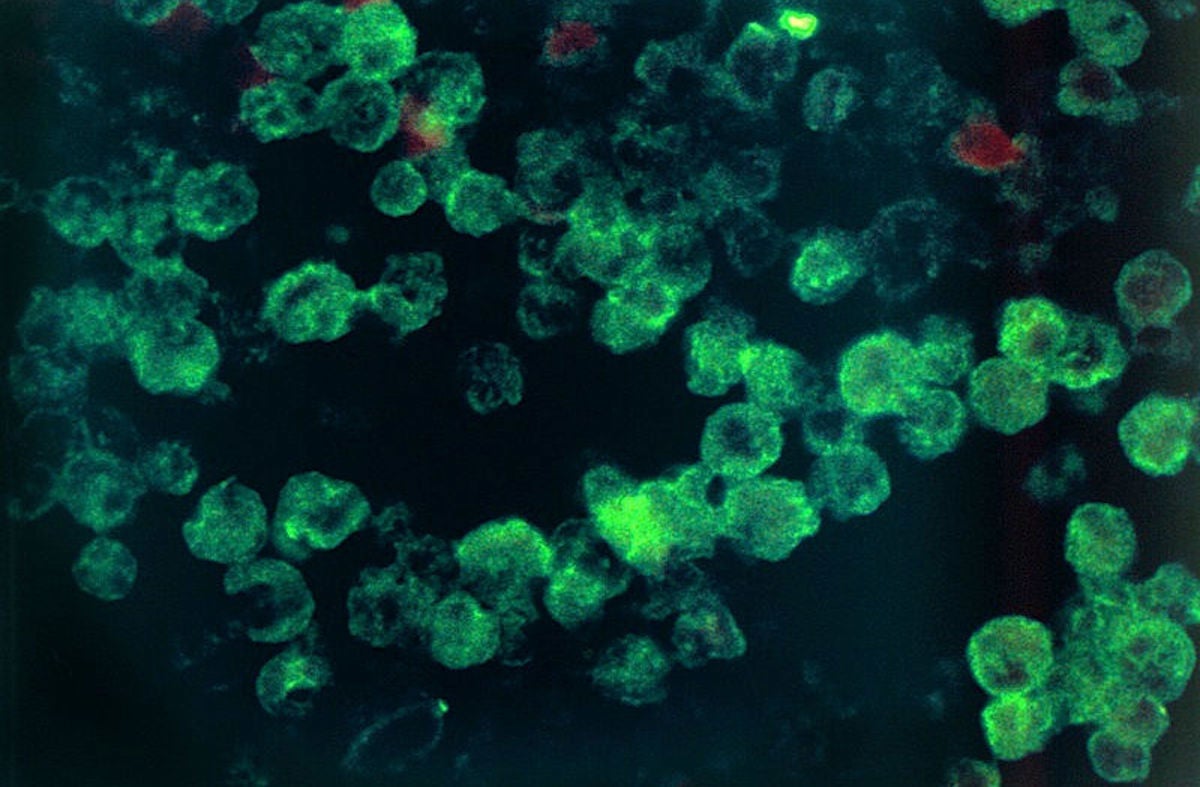Florida registers fourth case of brain-eating amoeba this year

Your support helps us to tell the story
From reproductive rights to climate change to Big Tech, The Independent is on the ground when the story is developing. Whether it's investigating the financials of Elon Musk's pro-Trump PAC or producing our latest documentary, 'The A Word', which shines a light on the American women fighting for reproductive rights, we know how important it is to parse out the facts from the messaging.
At such a critical moment in US history, we need reporters on the ground. Your donation allows us to keep sending journalists to speak to both sides of the story.
The Independent is trusted by Americans across the entire political spectrum. And unlike many other quality news outlets, we choose not to lock Americans out of our reporting and analysis with paywalls. We believe quality journalism should be available to everyone, paid for by those who can afford it.
Your support makes all the difference.A patient in Florida is undergoing treatment after being infected with the fourth known case of Naegleria fowleri, a deadly brain-eating parasite.
The unidentified patient likely contracted the infection after swimming in contaminated water on private property, Mara Gambineri, the Florida Department of Health’s communications director, told CNN.
The amoeba feeds on bacteria but if it infects the brain—usually in dirty water inhaled through the nose—it starts to consume grey matter.
A potentially life-saving drug named miltefosine has previously been used to treat two patients, and the chief executive of the drug’s manufacturer is remaining optimistic about the chance of survival.
"This is the most optimistic, cautiously optimistic," Profound CEO Todd MacLaughlan told the network. "I've been so far as compared to other cases because of how fast (the patient was) diagnosed and how quickly treated in combination with other drugs."
Naegleria fowleri is almost always deadly, according to the Centres for Disease Control and Prevention, as there are only three survivors of the 138 cases recorded between 1962 and 2015. Infections are most commonly found in southern and southwestern states of the country.
Earlier this month, an 11-year-old girl became infected with the parasite while swimming in a South Carolina river. She was treated with miltefosine but did not survive.
In July, a 19-year-old man in Texas died after contracting the infection while working as a lifeguard near Houston.
In June, an 18-year-old woman in Ohio died from the infection after inhaling water when she fell out of her raft at a water park in North Carolina.
At the time, the state epidemiologist said a complex set of conditions were needed for infection to occur.
"First, you must be swimming in water in which the amoeba is present," Linda Bell said in a statement. "Second, you must jump into the amoeba-containing water feet-first, allowing the water to go up your nose with enough force that the amoeba can make its way to the brain."